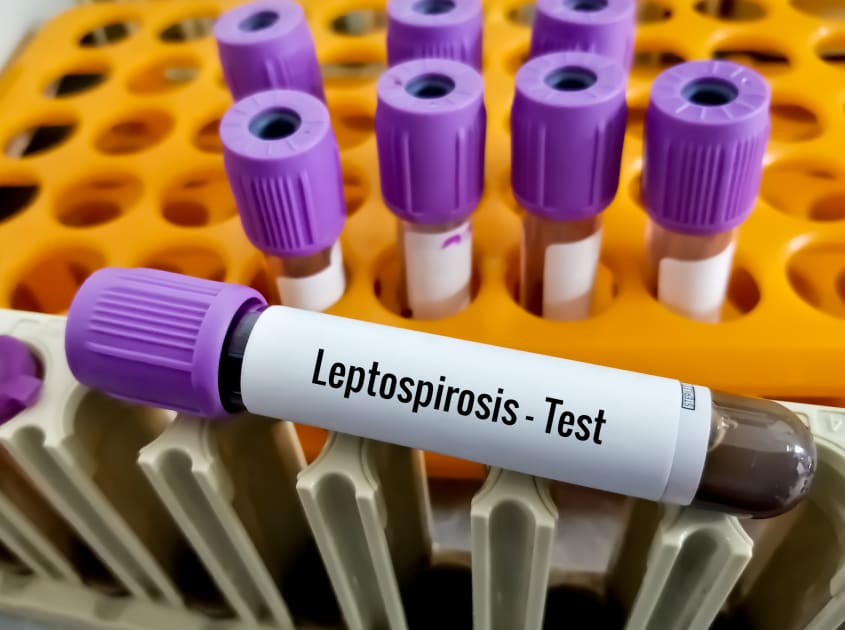Yale Investigators Identify Deadly Bacterial Toxin < Yale School of Medicine - Yale School of Medicine

Overlooked in the U.S., the bacterial infection leptospirosis is emerging as a global public health threat in temperate and tropical regions impacted by heavy rains and hurricanes. The most prevalent zoonotic (transmitted from animals to humans) disease in the world, leptospirosis causes a wide range of symptoms that can be mistaken for other diseases. As with another zoonotic disease, Sars-CoV-2, some people with the infection may have no symptoms at all.
Conservative estimates suggest that the global burden of human disease due to leptospirosis is comparable to cholera and typhoid fever. The disease can lead to kidney damage, meningitis, liver failure, respiratory distress, and death. It is currently treated with antibiotics.
Gaining a better understanding of the disease has been difficult as its molecular, cellular and immunological mechanisms of pathogenesis have remained unclear. New Yale research from the Section of Infectious Diseases in the Department of Internal Medicine at Yale School of Medicine (YSM) identified the Leptospira-secreted protein exotoxin family as the leading candidate for how leptospirosis kills people, providing a better understanding of the disease and potentially leading to a new vaccine and therapies.
The research was published in Frontiers in Microbiology.
"The globally important and yet neglected zoonotic disease causes weather-driven, large-scale epidemics, small scale outbreaks, and sporadic disease, all of which have a substantial impact on human and veterinary public health," said Joseph Vinetz, MD, FACP, professor (infectious diseases) at YSM and senior author on the study.
The Yale researchers found that the bacteria evolved a unique gene family comprised of ricin B-like lectin domain-containing secreted cytotoxins that are toxic to human cells.
"The data we present build upon our previously published observations indicating that leptospiral Virulence Modifying (VM) proteins are major virulence factors presumably involved in the molecular and cellular pathogenesis of leptospirosis," said first author Reetika Chaurasia, a postdoctoral associate at YSM.
"These were named "Virulence Modifying" proteins because they are upregulated in living cells, and are secreted, indicating that these are true exotoxins," Chaurasia explained. "The protein family evolved through gene duplication and domain swapping, substantially expanding within the most virulent Leptospira, particularly Leptospira interrogans, the species of highest clinical/public health interest."
To identify the lethal toxin, the research team performed structural homology searches using Phyre2. They found that a combination of cell surface binding, internalization, nuclear translocation, and DNase functions indicated VM proteins evolved as novel forms of the bacterial AB domain-containing toxin paradigm. Their study analyzes the evolution of the unique, all-in-one AB toxin VM protein family.
More than 1 million cases and about 58,900 deaths from leptospirosis are estimated to occur globally each year, with case fatality rates ranging from 5 to 20%. People become infected after exposure to fresh water or wet soil contaminated by the urine of infected animals.
Other collaborators included, Alan S. Marroquin, a postbaccalaureate student and Michael A. Matthias, a senior research scientist, both at Yale.
The Infectious Diseases Section of the Department of Internal Medicine engages in a broad range of patient care, research, and educational activities. To learn more about their work, visit Infectious Diseases.
Comments
Post a Comment